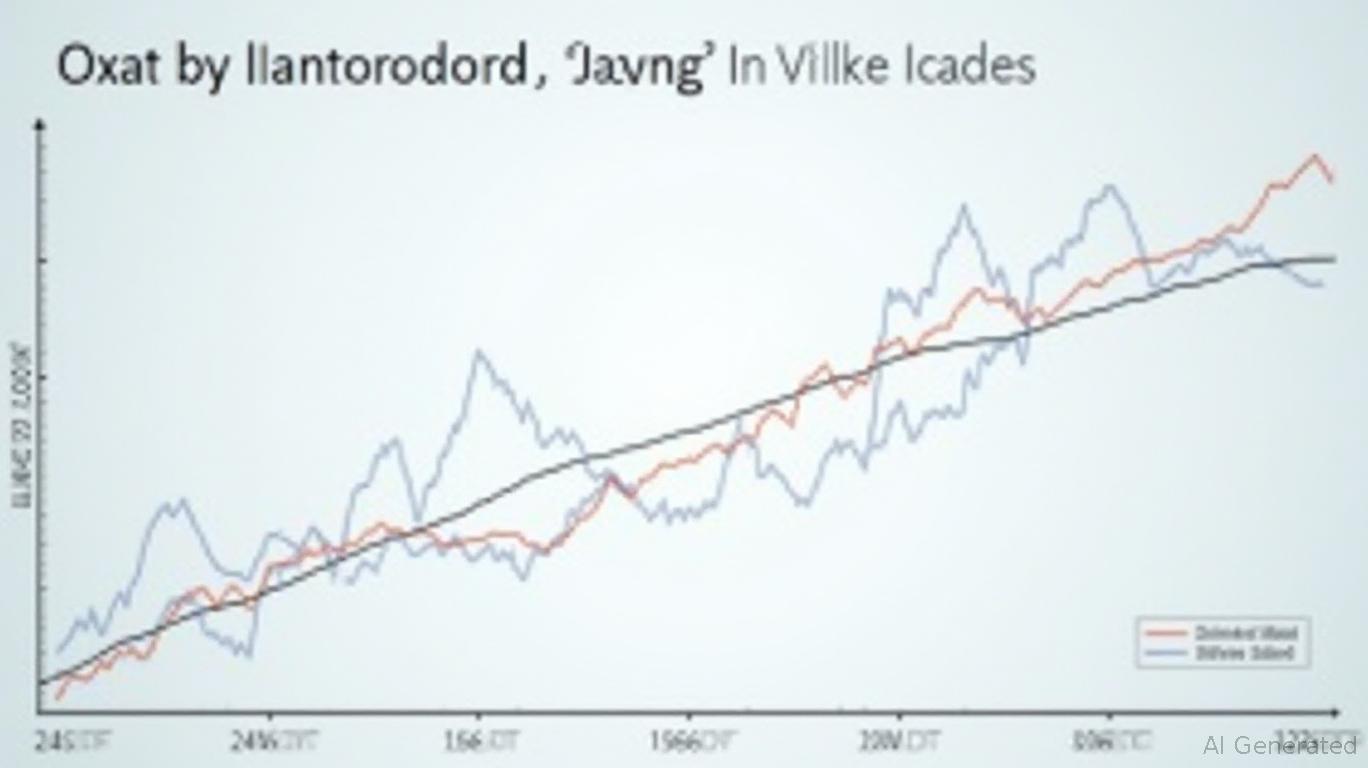Sustainable Funds: A Decade of Outperformance
Wednesday, Nov 20, 2024 1:48 pm ET
The investment landscape has evolved significantly over the past decade, with sustainable funds consistently outperforming their traditional peers. As investors increasingly prioritize environmental, social, and governance (ESG) factors, sustainable funds have demonstrated their potential for long-term growth and competitive returns. This article explores the key moments in sustainable funds' outperformance and the factors driving their success.
Sustainable funds have consistently outperformed traditional funds across various asset classes and regions. According to Morgan Stanley's "Sustainable Reality" report, sustainable funds generated median returns of 12.6% in 2023, compared to 8.6% for traditional funds. This trend has been observed over the past five years, with sustainable funds returning 35% compared to 25% for traditional funds.
The outperformance of sustainable funds can be attributed to several factors. Firstly, sustainable funds tend to skew towards growth stocks and longer-duration bonds, which performed well in 2023 due to a stable macroeconomic environment. Secondly, sustainable funds' strong showing in the first half of the year accounted for most of their 2023 performance, with median returns of 6.7% compared to 3.6% for traditional funds. Lastly, the growing demand for sustainable investments has driven assets under management (AUM) growth, with sustainable funds' AUM reaching $3.4 trillion in December 2023, a 15% increase from 2022 levels.

The macroeconomic environment has played a significant role in sustainable funds' performance and growth. In 2023, a more stable macroeconomic environment meant less differentiation between returns for value vs. growth equities, or short vs. long duration fixed income. This allowed sustainable funds to perform better, as they typically skew towards growth stocks and longer-duration bonds. Additionally, the strong first half of the year powered annual growth in AUM, with roughly three-quarters of the $136 billion inflows coming between January and June.
Investor demand has been a key driver of sustainable funds' growth. The first half of 2023 saw significant inflows, with roughly three-quarters of the $136 billion inflows coming between January and June. This growth outpaced traditional funds, which saw AUM rise by only 1.6% over the same period. The strong performance of sustainable funds, with median returns of 12.6% in 2023, has further fueled investor demand for these funds.
In conclusion, sustainable funds have consistently outperformed traditional funds over the past decade, driven by a combination of favorable macroeconomic conditions, investment strategies, and growing investor demand. As investors increasingly prioritize ESG factors, sustainable funds are well-positioned to continue their outperformance and drive long-term growth in the investment landscape.
Sustainable funds have consistently outperformed traditional funds across various asset classes and regions. According to Morgan Stanley's "Sustainable Reality" report, sustainable funds generated median returns of 12.6% in 2023, compared to 8.6% for traditional funds. This trend has been observed over the past five years, with sustainable funds returning 35% compared to 25% for traditional funds.
The outperformance of sustainable funds can be attributed to several factors. Firstly, sustainable funds tend to skew towards growth stocks and longer-duration bonds, which performed well in 2023 due to a stable macroeconomic environment. Secondly, sustainable funds' strong showing in the first half of the year accounted for most of their 2023 performance, with median returns of 6.7% compared to 3.6% for traditional funds. Lastly, the growing demand for sustainable investments has driven assets under management (AUM) growth, with sustainable funds' AUM reaching $3.4 trillion in December 2023, a 15% increase from 2022 levels.

The macroeconomic environment has played a significant role in sustainable funds' performance and growth. In 2023, a more stable macroeconomic environment meant less differentiation between returns for value vs. growth equities, or short vs. long duration fixed income. This allowed sustainable funds to perform better, as they typically skew towards growth stocks and longer-duration bonds. Additionally, the strong first half of the year powered annual growth in AUM, with roughly three-quarters of the $136 billion inflows coming between January and June.
Investor demand has been a key driver of sustainable funds' growth. The first half of 2023 saw significant inflows, with roughly three-quarters of the $136 billion inflows coming between January and June. This growth outpaced traditional funds, which saw AUM rise by only 1.6% over the same period. The strong performance of sustainable funds, with median returns of 12.6% in 2023, has further fueled investor demand for these funds.
In conclusion, sustainable funds have consistently outperformed traditional funds over the past decade, driven by a combination of favorable macroeconomic conditions, investment strategies, and growing investor demand. As investors increasingly prioritize ESG factors, sustainable funds are well-positioned to continue their outperformance and drive long-term growth in the investment landscape.


_442a2dcc1749832873286.jpeg)
_e68fac6d1749831664430.jpeg)






